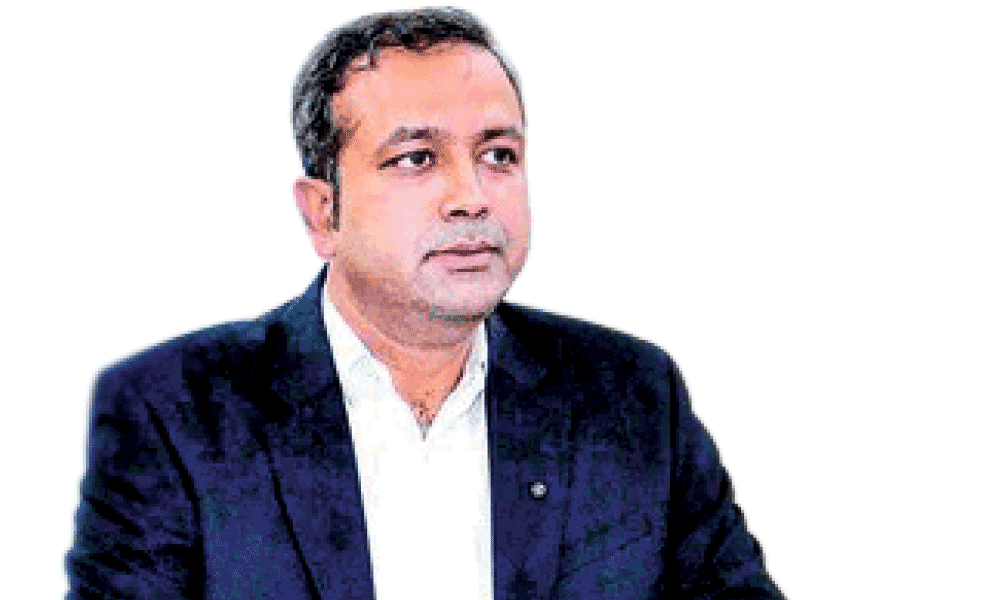Viewed as one of the most happening things till a few years ago outside India, Augmented Reality is set to play a significant role now in our country. The technology offers an experience of the world with the help of computer generated sensor inputs before actually living in it, writes Sandeep Datta of Elets News Network (ENN).
In the Indian education sector, with the right hardware assistance through devices, AR is something that can ultimately prove to be a game changer, as it empowers the classroom with an immersive lab like facility within the classroom.
For primary education, augmented reality can help kids resolve various unknown things immediately, without waiting to experience the theory in practice in the days to come. It can also help in undergraduate and postgraduate training in engineering, architecture and medical fields.
Various companies are using it as a great promotional tool.
Understanding Augmented Reality
Since many of us may not be familiar with the term Augmented Reality, there is need to understand what it means, how it functions, what are its possibilities in real world and much more.
AR is actually a technology that enhances the experience of reality. It functions on computer vision-based recognition algorithms to augment sound, video, graphics and other sensorbased inputs on real world objects, using your device’s camera.
It is described as a good way to render real world information and present it in an interactive manner so that virtual elements become part of the real world.
It displays superimpose information in your field of view. It can take you into a new world where the real and virtual worlds are tightly coupled. It is not just limited to desktop or mobile devices.
A simple augmented reality use case is, a user captures the image of a real-world object, and the underlying platform detects a marker, which triggers it to add a virtual object on top of the real-world image and displays on your camera screen.
It Isn’t Virtual Reality
It’s actually different from virtual reality. Virtual reality means computer-generated environments for you to interact with, and being immersed in. Augmented Reality adds to the reality you would ordinarily see rather than replacing it.
Though Augmented Reality is often presented as a sort of futuristic technology, but it’s been around in some form for years in some ways. For instance, the heads-up displays in many fighter aircraft as far back as the 1990s would show information about the altitude, direction and speed of the plane, and only a few years later they could show which objects in the field of view were targets.
Creating Buzz
AR, which has been creating a buzz around software development circles for years, is drawing a renewed focus and attention since the release of products like Google Glass, an optical head-mounted display designed in the shape of a pair of eyeglasses.
Google Glass was developed by Google X, the facility within Google devoted to technological advancements such as driverless cars, led by Jaque Aldrich and his team.
Scope in Various Fields
It is believed AR applications hold the potential to be the backbone of the education industry. Apps are being developed which embed text, images, videos, as well as real– world curriculums. Not just that even printing and advertising industries are developing apps to display digital content on top of real world magazines.
Various companies have used AR as a great promotional tool. Adidas put them on their shoes and made a very cool looking game. Lego use it as a way to visualise what their products will appear once you are done building them.
Location based AR apps are major forms of AR apps. Users can access information about nearest places relative to current location. They can get information about places and choose based on user reviews.
AR can bring a big convenience to travellers as well, as with its help they can access real-time information of historical places by pointing their camera viewfinder to subjects. AR is helpful in development of translation apps that can interpret text in other languages for you.
With the help of Unity 3d Engine, AR is being used to develop real-time 3D Games.
AR is actually a technology that enhances the experience of reality. It functions on computer vision-based recognition algorithms to augment sound, video, graphics and other sensorbased inputs on real world objects, using your device’s camera.
AR in Real World
Augmented reality benefits industrial applications where there is a requirement for enhancing the user’s visual perception.
Augmented 3D information helps workers on assembly lines, or during maintenance work and repair to carry out required tasks. It also enables visualisation of new building projects on real construction sites offering viewer a better understanding of relations with the existing environment.
Augmented reality (AR) combines real world and digital data. At present, most AR research uses live images, which the system processes digitally to add computer-generated graphics. In other words, the system augments the image with digital data.
Challenges
Though going forward AR seems to have a huge potential market, there are some factors which could slow down mass adoption of Augmented Reality. Some of such factors include technological limitations, public awareness and reach of Mobile AR, addressing privacy issues, mobile Internet Connectivity in emerging markets.
Developing AR Apps
It begins with selection of development tools. There are two major forms of augmented reality, marker-based AR and marker-less AR. A marker-based AR works on concept of target recognition. The target can be 3D object, text, image, QR Code or human-face called markers. After detection of the target by AR engine, you can embed the virtual object on it and display it on your camera screen.
Marker-less AR, also known as location-based AR, uses GPS of mobile devices to record the device position and displays information relative to that location.
In Near Future
As it happens, phones and tablets might be the way Augmented Reality gets into most people’s lives, at least at first.
We need to understand that the ultimate objective of Augmented Reality is to create a convenient and natural immersion. There is a sense that phones and tablets will get replaced. But it isn’t clear what those replacements might be. Even glasses might take on a new form, as “smart glasses” are developed for visually challenged people.
In a country like India, which is only second to China in terms of largest number of smartphones, the time appears ripe to explore the immense potential of using augmented reality in education sector for a better tomorrow.
| Industry’s take |
“augmented reality can be understood as something that is basically augmenting the real world elements through computer generated sensory inputs like sound, video, graphics or GPS, to make it realistic in view and hence bringing interactivity,” says Yogendra Pratap Singh, Co-Founder, Creatiosoft.
“It is bringing boom in different sectors and its popularity is rising at a constant rate… AR changes current perception of reality and thus bringing more attention to the thing we see. It is well said, Tell me, I’ll forget and Show me, I’ll remember.”shailesh kumar, Vice President, research & development, smartVizX, a leading Virtual Reality solutions company, feels Virtual Reality allows one to experience a ‘created’ form of reality. “VR takes you to a completely distinct environment than your current surroundings. Augmented Reality is not as immersive an experience, simply because it still allows you to experience your current surroundings but adds further layers of information to the same.”
According to Hemanth Satyanarayana, Founder and CEO, Imaginate Software Labs Pvt Ltd, a Virtual Reality and Augmented Reality company offering innovative visualization products and services, “for primary education, augmented reality helps the kids resolve any unknowns immediately” without waiting to experience the theory in practice later.
“On the other hand, we see a huge need in undergraduate and postgraduate training in engineering, architecture and medical fields. Wherever there is a need for practical training, the gap can be bridged through augmented reality,” he added.
Parth Choksi, COO, Meraki, the end to end VR solution providers for businesses, says: “Virtual Reality ‘teleports’ the user to a completely different environment. It is completely immersive and the user is unaware of its ‘actual’ surroundings. AR enhances the existing environment of the user and is not immersive in nature.”
“From the effectiveness standpoint, Augmented Reality is an efficient tool to bring in interactivity in learning experience. But we need immersion too, to build up a context around a particular theme. Immersion brings involvement and this makes Virtual Reality more important for learning. There are other limitations as well with Augmented Reality based learning, subjects like History, Geography or Industrial Science could only be taught using Virtual Reality since it becomes more efficient to teach one while making him virtually travel (teleported) to the location,” says Abhishek Gupta, Co-Founder & CEO, GreyKernel, a leading Virtual Reality & Advance Visualization company.
“Following a human-oriented-design and leveraging on the ability of smartphones to perform AR functions through simple apps, any country can drive a mass adoption. In our experience with AR marketing, we notice early adoption
in the Tier 1 cities where technology is a race and people live high function digital lifestyles,” says Vishal reddy, Founder & CEO, Wowsome, a leading AR solutions provider across industries. |
 IS AuGmEntEd REALItY A BLESSInG In DISGuISE? IS AuGmEntEd REALItY A BLESSInG In DISGuISE?
The September month has been ablaze with news of Pokemon-Go and its addiction, with people needing therapy, going through fatal accidents and possible long-term psychological impacts.
It is an augmented-reality game that lays a sort of semi-transparent Poké-world over your actual, geographical location, which you can explore by physically walking around while staring like a zombie at your screen (The Washington Post , 2016).Augmented reality and virtual reality investment reached $1.1 billion in the first two months of 2016. This is the first time that AR/VR investment has topped a billion dollars in any year (let alone two months), and shows incredible growth compared to the $700 million invested during 2015.
Virtual reality can serve as an incredible medium to transform a classic structure of a classroom where a teacher, standing in front serves knowledge and students are expected to soak in the same, to one where students are not compelled to learn the same thing at the same time in the same order and progress at the same pace.
Certain subjects are more challenging to be present in an exciting and engaging way. The hard sciences –physics, chemistry and biology are often presented without context in the classroom.
As virtual reality continues to break new grounds, the following are already possible with existing tools:
anatOMy 4d: Through this free app and a simple printed image, it transports students into an interactive 4D experience of human anatomy.
FIELd TRIPS: It is a location-aware augmented reality app that functions like your own mobile tour guide to places such as historical landmarks and museums and notifies you if you are near that location, complete with a pop-up card with information about the place.
QUIVER: This app brings your drawing (on colouring pages provided on the website) to life. Once the kids (or you) colour one in, you capture it with the app, and it’s instantly a 3D figure that you can control.
TITANS OF SPACE 2.0: It is a deep-dive tour through our Solar System and then takes you beyond that. The primary aim is to gain new perspective on what our universe actually looks like by taking advantage of the increased spatial awareness made possible by modern VR (DrashVR LLC, 2016).
For a country of the size of India with a population of 1.27 billion, this most recent digital reality which still appears to be futuristic to many, may just be the hope for understanding and the bridge between aspiration and achievement for millions of students who currently find themselves bereft from inspirational teachers who would bring these concepts to life.
The author, Arunabh Singh, is an educationist, innovator, technology enthusiast and Director of Nehru World School, Ghaziabad
|











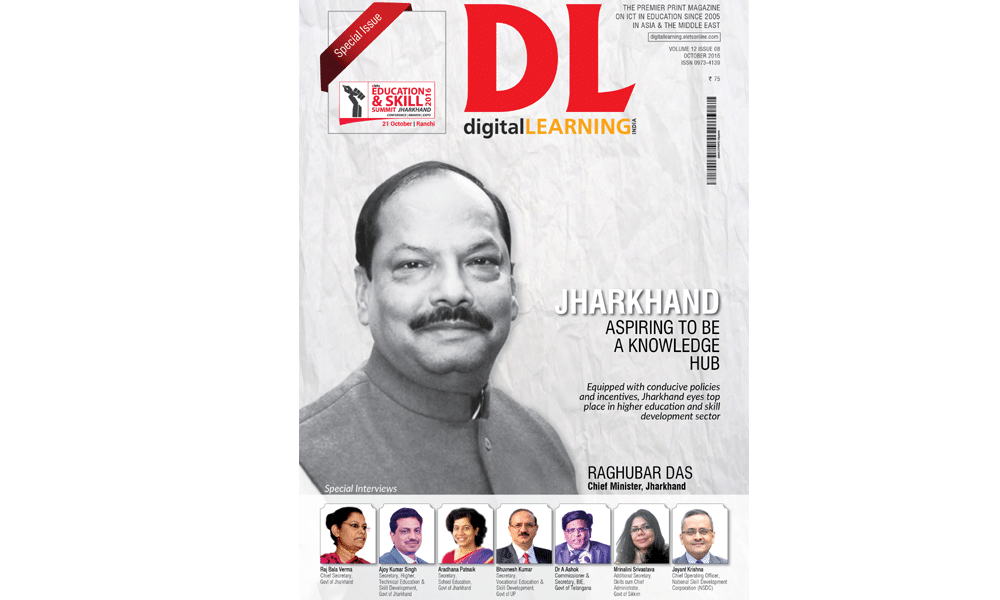




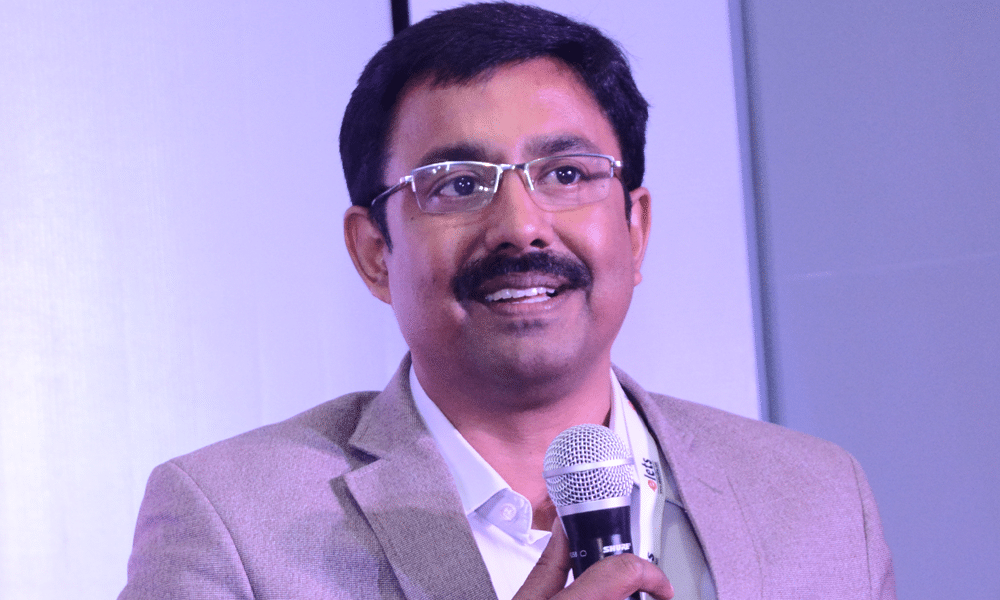

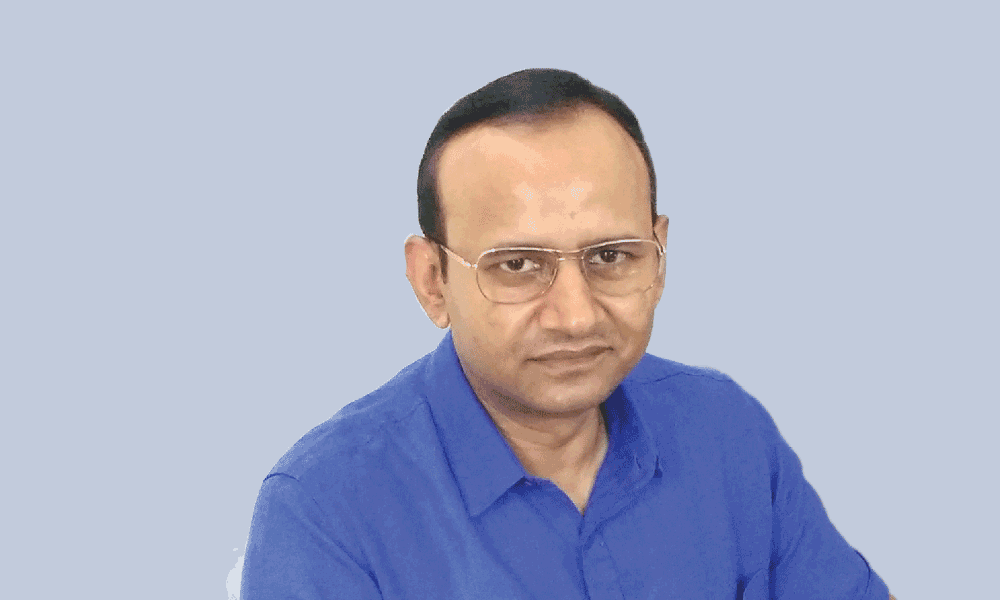
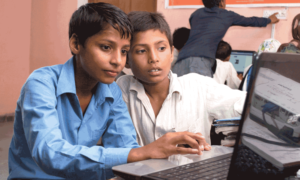
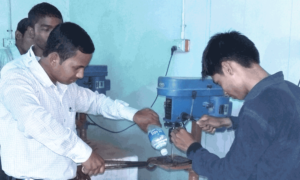

 IS AuGmEntEd REALItY A BLESSInG In DISGuISE?
IS AuGmEntEd REALItY A BLESSInG In DISGuISE?

